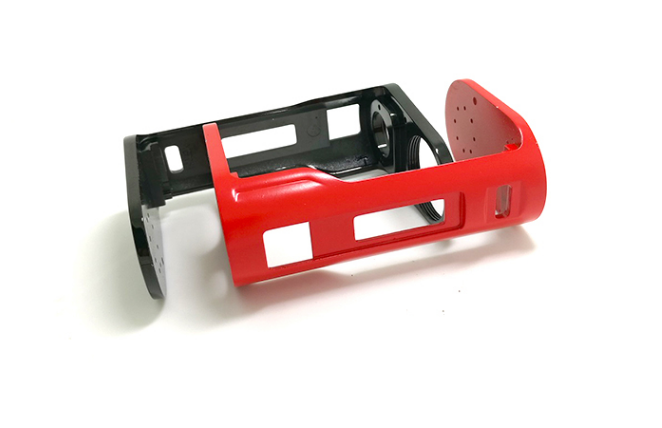Heat Treatment Can Improve The Quality Of Zinc Alloy Die Casting
In this guide, we discuss can the surface quality of zinc alloy die casting be improved by heat treatment. The surface quality of castings mainly depends on the pickling process after heat treatment.

Heat Treatment Can Improve The Quality Of Zinc Alloy Die Casting
1. If the thickness of the oxide scale on the surface of zinc alloy die casting is uneven, the surface finish of the base metal below the thick and thin places is also different, and the dissolution of the oxide scale on the surface during acid pickling is different from the degree of acid erosion of the base metal at the attachment part of the oxide scale. Therefore, the surface of zinc alloy die casting is uneven. Therefore, during heat treatment and heating, the oxide scale must be uniformly formed. To reach one to, the following conditions are involved, which should be paid attention to. If oil is attached to the workpiece surface during heating, the oxide skin thickness of the oil attachment part is different from that of other parts, and carburization will occur. The carburized part of the oxidized base metal will be seriously eroded by acid. The oil droplets ejected by the heavy oil burner during the initial combustion will also have a great impact if they are attached to the workpiece. It will also be affected when the fingerprint of the operator is attached to the workpiece. Therefore, the bath staff should not directly touch the zinc alloy die casting with their hands, and do not make the workpiece stained with new oil. If there is lubricating oil attached to the workpiece surface during cold processing, it must be fully degreased in trichloroethylene degreasing agent and caustic soda solution, then cleaned with warm water, and then heat treated.
2. If there are sundries on the surface of the workpiece, heating will certainly affect the oxide scale when other organics or ash are attached to the workpiece.
3. The oxide scale produced on the zinc alloy die casting surface directly contacted by gas or oil flame is different from that not contacted. Therefore, during heating, the processing part must not directly contact the flame mouth.
4. If there is residual oxide scale in some parts of the treated parts before heat treatment, there will be differences in the thickness and composition of oxide scale between the parts with residual oxide scale and the parts without oxide scale after heating, resulting in uneven surface after pickling. Therefore, attention should be paid not only to the final heat treatment, but also to the intermediate heat treatment and pickling.
5. The influence of different surface finish. If the surface finish is different, even if it is heated the same, the oxide scale at the rough and fine parts of the surface is also different. For example, the oxide scale is formed in different conditions where local defects have been cleaned and where they have not been cleaned, resulting in uneven workpiece surface after pickling.
6. The difference of atmosphere in the furnace. The atmosphere in the furnace is different in various parts, and the formation of oxide scale will also change, which is also the reason for the non-uniformity after pickling. Therefore, during heating, the atmosphere in all parts of the furnace must be the same. To this end, the circulation of the atmosphere must also be considered.

